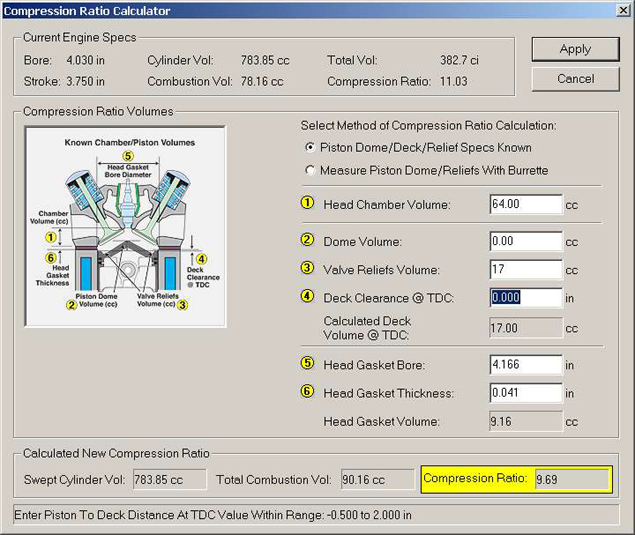

That MAY be acceptable on really flat land.

“That doesn’t sound too radical but in a car with 3.08 gears, 26-inch tall tires and a 400R4 auto trans, that results in an overdrive ratio of 2.16. “One specification may appear to be optimal, but often there are other considerations which will effect the on-track performance of the engine in important ways.”Īnother manufacturer/supplier explained when it comes to performance street cars, nearly everyone with a small block Chevy wants it to be capable of at least 6,000 rpm. An engine builder who is very familiar with the type of engine and application will have valuable insights into camshaft selection which really cannot be acquired any other way,” said one camshaft manufacturer. “There is no substitute for experience when it comes to matching the cam to the application. Sometimes, these details can come from familiarity of performing engine builds at different levels. It is important for engine builders to seek out as much information from the customer on the build as they can. The camshaft determines the engine’s horsepower and torque curves, so the cam has to match not only the application but all of the other components that go into the valvetrain, the cylinder heads, compression ratio and induction system. How much money is your customer willing to spend on the cam and valvetrain? Is it a budget build that will require a flat tappet cam with solid or hydraulic lifters, or is the sky the limit? What kind of vehicle is the engine going into (light car, heavy car, truck, race car)? What kind of transmission and gearing will the vehicle have (stick, automatic, wide ratio or close ratio transmission gearing, final drive ratio)? Are you building an engine for everyday driving? For towing? For street performance? For street/strip? For drag racing or a circle track car? Are there class rules that limit the type of camshaft and valvetrain components that are allowed?


 0 kommentar(er)
0 kommentar(er)
